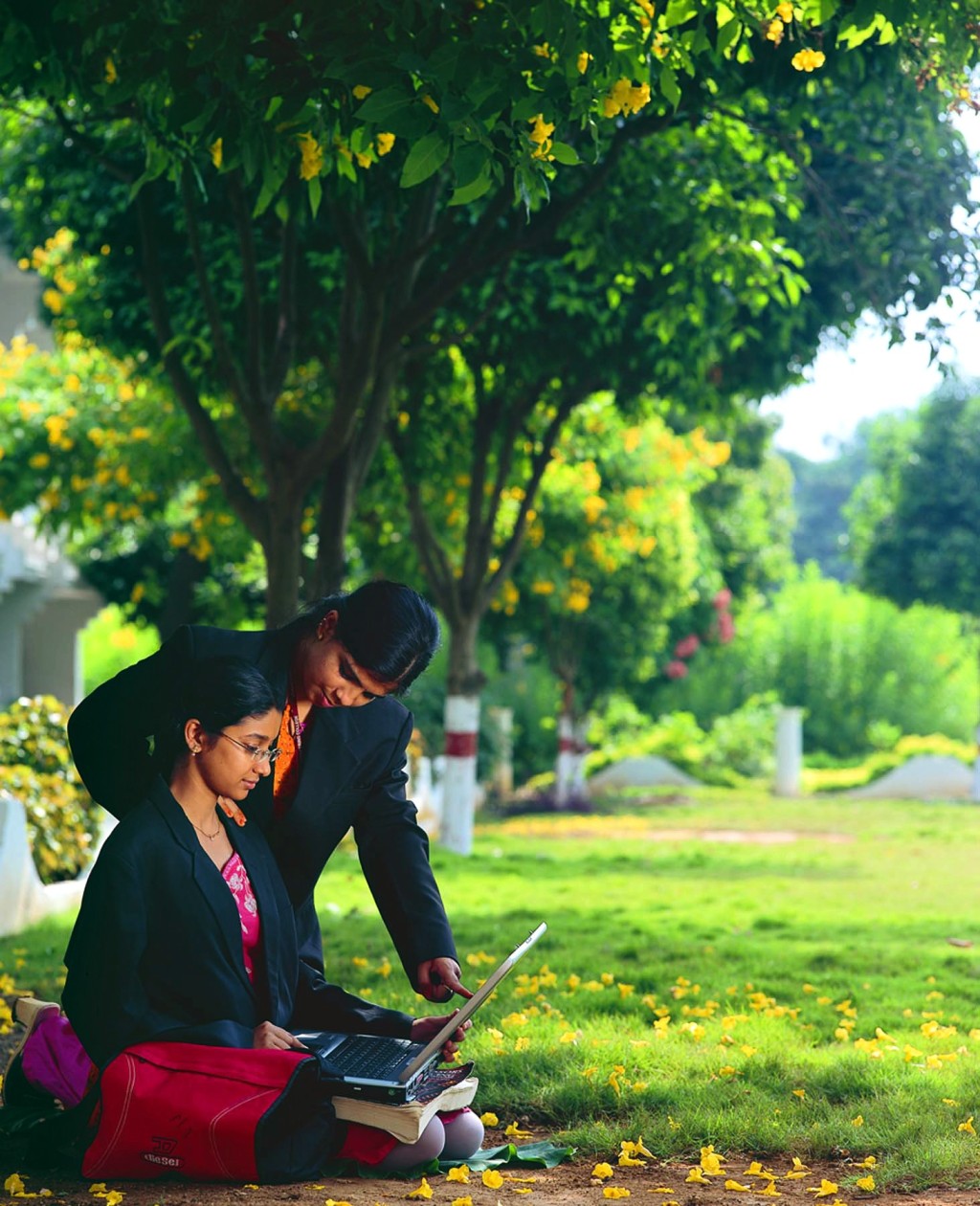Vignan's Foundation for Science, Technology & Research (VFSTR) (Deemed to be University) is known for quality-consciousness through its student-centric activities for transforming them into globally accepted, socially conscious, emotionally balanced and psychologically strong professionals. VFSTR sustains a culture that supports excellence in teaching-learning, outcome-based education, and provides an environment that serves the needs of students, faculty and staff.
National Assessment and Accreditation Council (NAAC) accredited VFSTR and awarded "A+" grade on 26 October 2021 in the Second cycle of its assessment for a period of five years till 25 October 2026.
The institution is heading towards the third cycle of accreditation in the year 2026.












